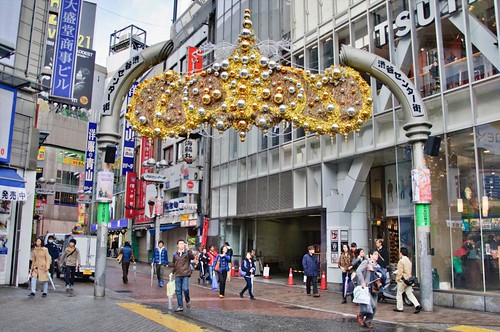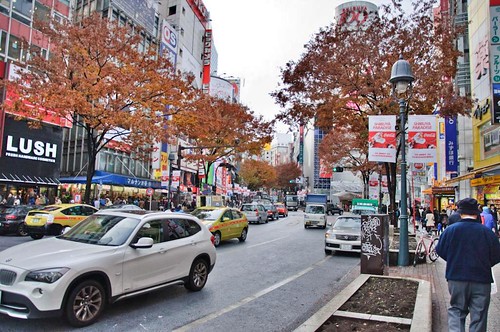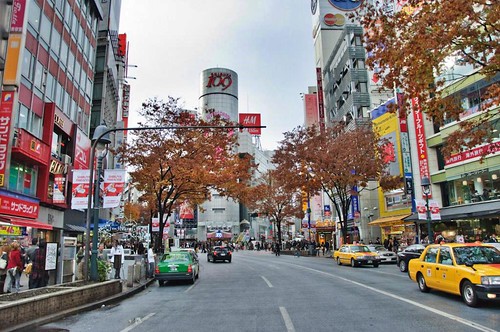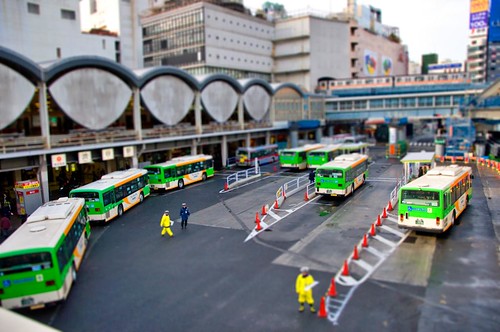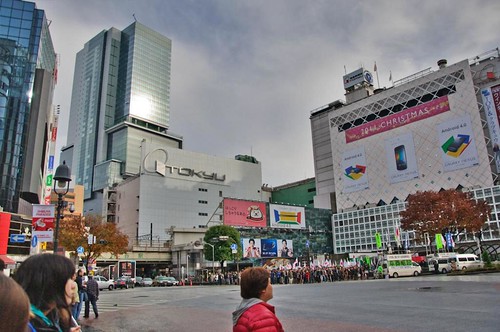
A short walk from Dainkayama station and a few meters from a busy intersection on the Kyu Yamate Street, the kyu Asakura house is hard to find as is concealed behind a small shopping center. The house is so difficult to find that even though I lived just two blocks from the house for more than five years I knew of its existence only recently.



The Kyu Asakura house house was built in sarugakucho, Shibuya city in 1919 by Torajiro Asakura, who served as Chairman of the Tokyo prefectural Assembly, and the Assembly of the city of Shibuya, taking advantage of the slopes of South east sarugakucho. the house was designated an important cultural property on 2004.



The house consist on several structures. The main structure at the north, a storage at the west, a garage and the gardens, the main building is a two-story wooden, tile roofing structure magnificently preserved. The first floor was used as a place for daily life for the family and employees, and the second floor as office and for meetings by Mr. Asakura.



The house gardens are a valuable remain of the Japanese house gardens of the period. With three gardens: A front one at the front part of the mansion. An internal with a small pond and a stone lantern, and the main one overlooking the Fuji Mountain and the Meguro River at the south of the premises, following a cliff line in the design of its paths, , with stone lanterns, landscape rocks, and small waterfall characteristics of the period.



Representative of the architecture of the Taisho period, and the beauty of the Japanese house gardens, the house offers an extraordinarily opportunity to appreciate the period lifestyle.
View Kyu Asakura House in a larger mapEspañol
